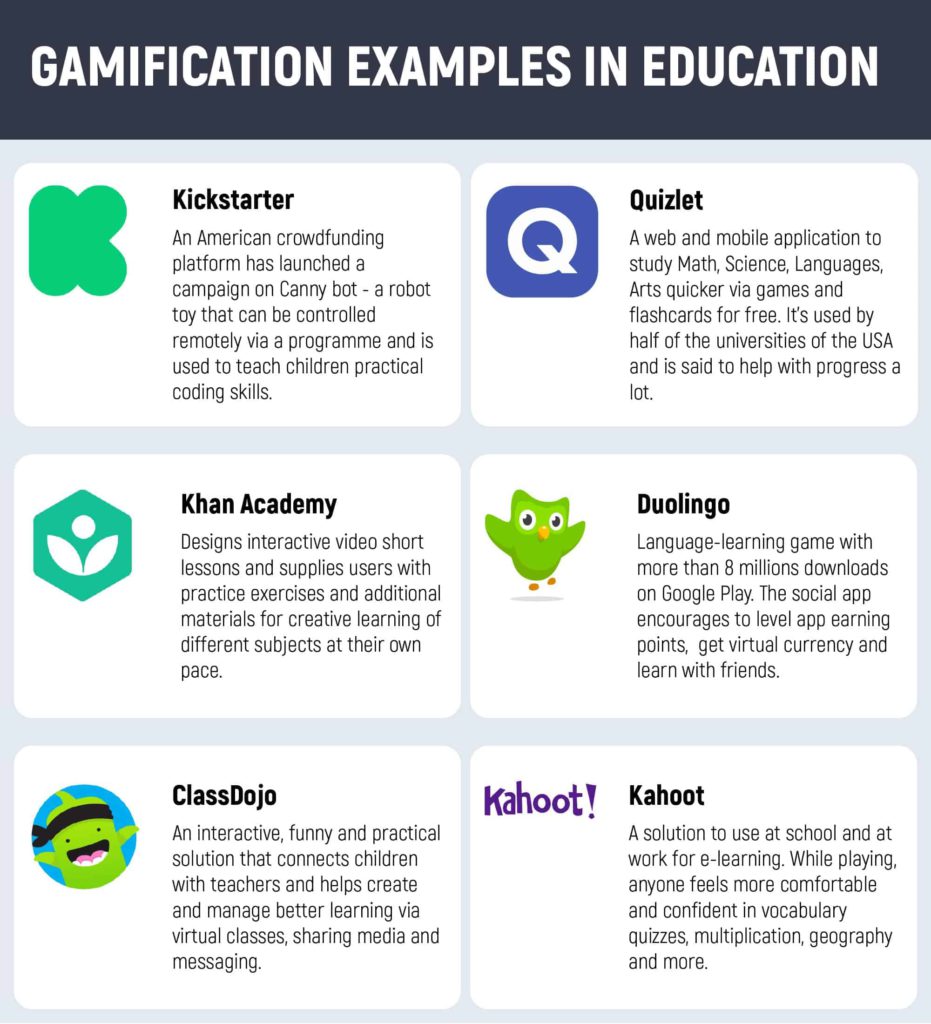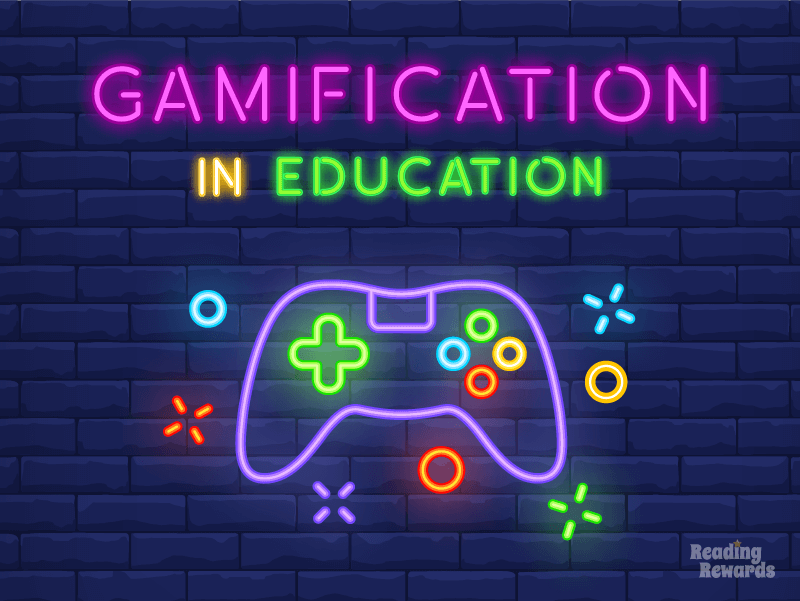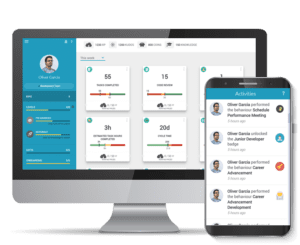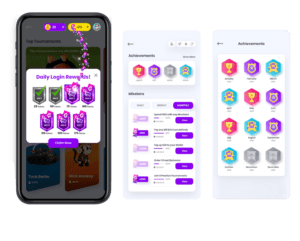Gamification has been a prevalent product enhancement strategy since the 1900s. It has been employed in many areas to increase productivity, interest, and engagement. Today, it is gaining popularity as a highly effective tool in boosting software products in the education industry.
What is Gamification in Education?
Gamification intrinsically involves implementing various game-like scenarios or elements into non-gaming environments. They are introduced to improve the engagement and motivation of the participants.
Incorporating gamification in the realm of education helps increase student participation by building their interest through reward-based systems. Applying gaming elements to the classroom can make way for a more interactive and immersive experience that transforms the education space.
The application of participatory approaches influences the student’s attitude and behavior towards education: encourages collaboration and self-study and strengthens the learner’s intellectual and creative abilities.
How to Employ Gamification in Education?
The following are some ways in which gamification can be introduced in the classroom:-
1. Build a Point-System for Academic and Non-Academic Goals
The assessment system can be restructured to ensure points are awarded to students based on their efforts and completions of academic and non-academic tasks. This can include points for submitting assignments on time, or for following school codes of conduct. Gamification helps in breaking down the tasks and improving the ways in which the students engage with the tasks at hand. This can further be complemented with a rewards system that increases their motivation to participate in the learning-oriented tasks.
2. Transform the Perception of “Progression”
By creating smaller milestones, celebrating successes, encouraging students to improve if they score less, and giving rewards or “level-up” options on reaching target goals, the system for tracking student progress is transformed. It becomes more goal and achievement oriented rather than failure focused. Creating visual checkpoints for students and tracking their progress in this manner can make a more enjoyable learning environment for them.
3. Create Healthy Competitive Environments
Healthy competition amongst students or between students and teachers can increase engagement in the learning process and inculcate leadership, teamwork, creativity, and problem solving in students. This is a more immersive way of teaching and learning and can help in better comprehension of the subject. Gamification also enhances their ability to assess the implication of the theoretical text in real-world situations.
4. Encourage Introspection of Personal Performance
Similar to gaming scoreboards, creating “player statistics” and scoring systems for the quests, challenges, and tasks accomplished by students can help teachers improve students’ learning experience. Students can reflect on their progress, find out areas that require improvement, and enhance their productivity. They can enjoy more control of their growth and learning experience. Educators too can track individual progress and employ effective gaming strategies to guide and implement future learning goals.
Benefits of Gamification in Education
1. The immersive education experience provides learners with the opportunity to proactively participate in the learning experience and engage with various tools and techniques to build on their skills.
2. The variety of learning tools and objectives make the experience more engaging and leads to the holistic development of the learners. The multiple options make the experience more exciting for the students to engage with, and the educators to plan.
3. Learning via interactive methods and immersing in the process is known to improve knowledge retention amongst students. It impacts the cognitive abilities of the students positively and they are better able to comprehend the information. Further, associating the theory with interactive gaming scenarios and real-life simulations or role plays allows the students to understand the real-world implications of their classroom learning modules.
4. Gamification impacts the holistic education of the students by teaching them academic and non-academic skills. They are able to better harness their intellectual and creative abilities with more focus while reflecting on their study behaviors and attitudes. It also creates a space for educators to interact with students and form effective guidance and lesson plans for optimum learning outputs.
The following are some examples of how the education industry can harness these benefits:
- Introducing classic games, such as scrabble, scavenger hunts, and interactive quizzes with multiple choice questions and word clouds promote cognitive, creative, and social skills.
- Role playing, going on quests, or completing group challenges can build on teamwork and problem-solving, while also allowing students to explore real-life implications of their learnings.
- Sites such as Duolingo and Classcraft use gamification strategies such as memorable avatars to build student engagement and make learning fun.

Thus, gamification as seamlessly facilitated by Goama, has enhanced the students’ learning experience and helped them achieve their learning goals in a more efficient and engaged way. It is the future and a transformative force in the education industry.






